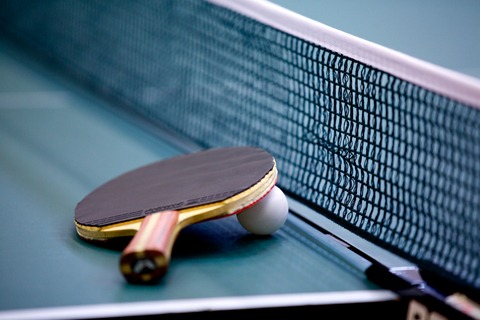Have you seen the 2018 Environments for Aging Design Showcase issue yet?
This annual juried publication selects the best of the best new senior living design projects across categories like independent living, assisted living, memory care, hospice, etc. And yet, as I looked through the issue at the very nice (mostly) interior spaces, I found very few facilities where I'd actually want to live.
No More Double-Loaded Corridors
I'm one of those picky Baby Boomers with enough resources that I can afford to be picky when it comes time for my husband and me to look for place that will better support us as we age. One of those who doesn't want to reside on a double-loaded corridor in a building that's isolated from the community.
Like those polled in a recent survey by SCFS Architects, I'd also prefer a smaller community of 50-100 people and I want one that provides lots of opportunities for wellness experiences.
What exactly are wellness experiences?
Almost anything that engages the mind and body is a wellness experience. Today's active Baby Boomers like me are into activities like hiking, biking, tennis, golf, walking, running, swimming, yoga, healthy cooking, music, painting, gardening, etc.
And if we chose to move into a senior living community in our 60s or 70s, we aren't going to want to give any of those things up as long as we can still do them.
When Resources or Land Are Lacking
So, those communities that don't have indoor and outdoor spaces that support these types of activities will be left behind. Heck, I know most owners/operators don't have the resources or land to put in a tennis court, but how about a paddleball or pickleball court instead?
Or a ping pong table? Many of us Boomers grew up playing ping-pong in our basement or in our friends' basements.
My family has enjoyed ping pong as an activity for many years. Grandparents, kids, and grandkids alike.
In fact, when my 80-ish parents moved into a senior living community in Central Illinois several years ago, they left a ping pong table behind. We tried to donate it to this community, but the administrators told us they had no place to put it.
Design Problem
If you can't find room for a fold-up ping pong table in a residential community, then you have a serious design problem. And my prediction is that this particular senior living community (which is very nice by Central Illinois standards) isn't going to attract many Boomers in my age group unless it undergoes a major facility overhaul that makes it feel more like home.
Because senior living communities that feel more like home are more likely to be selected by prospects than others. At least that's what research conducted by LCS, Spellman Brady & Company, and Zilner a few years ago showed. (Read my post about it.)
Their conclusion is that when making a senior living residence or community feel like home, design elements matter. And that prospects today are design-savvy and well-educated, drawn to “spaces that have natural light, a feeling of warmth, comfortable surroundings, and a sense of personal safety.”
Add SCFS's conclusions about wellness experiences to that and we're back to the ping pong table. You might be thinking, "That's more of a programming issue."
But remember, functional programming drives design. As does preference.
P.S. Please do me a favor -- if you liked this post and like this blog, please share it with others by sending them the link or posting it on your Twitter, LinkedIn, or Facebook. Also, don't forget to subscribe, so you'll get emails when new content is posted. Thanks!







